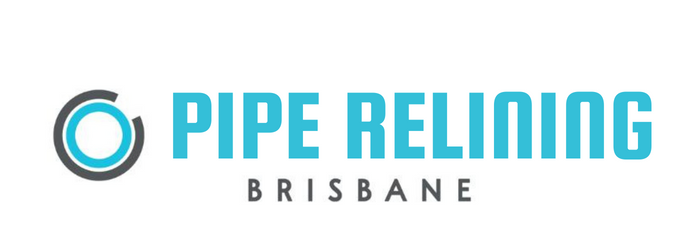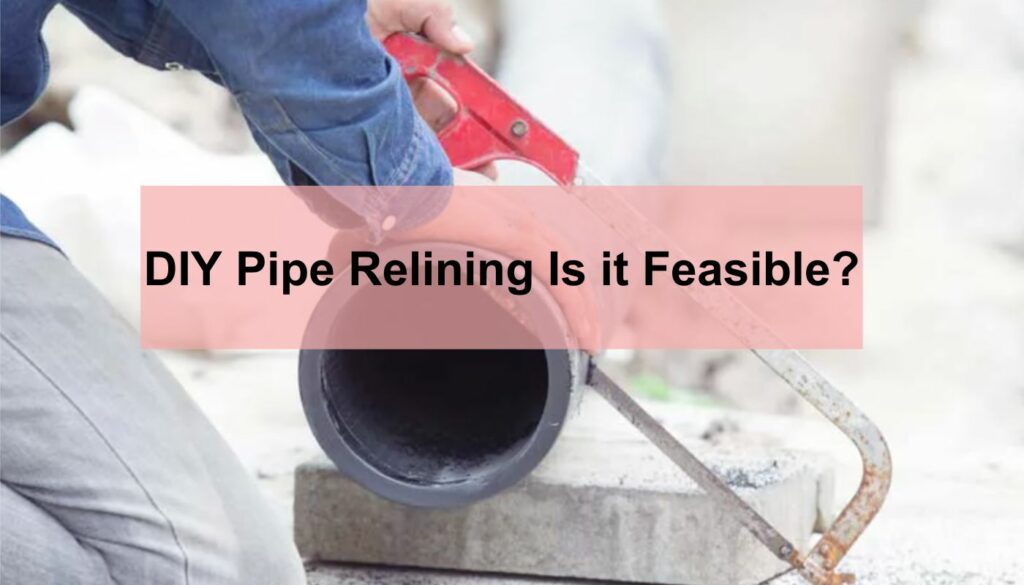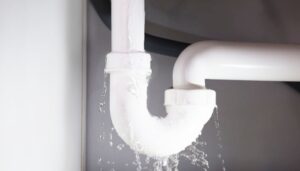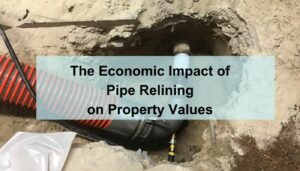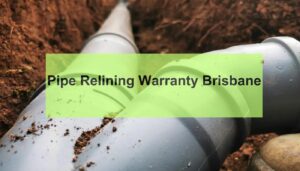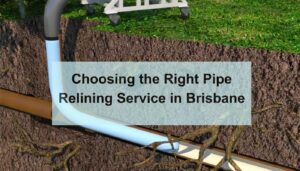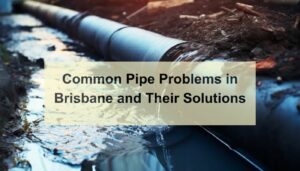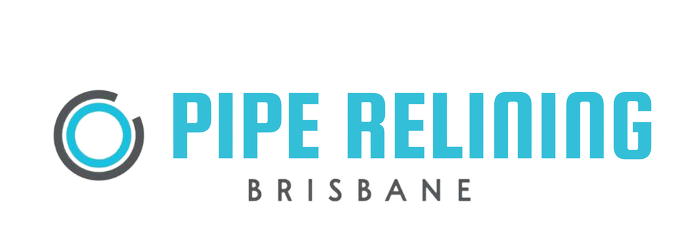Pipe relining in Brisbane represents a significant advancement in the realm of plumbing maintenance, offering a robust and efficient solution for those repairing damaged pipes or aged pipes. This innovative technique, distinct from traditional pipe repair methods, involves inserting a new lining inside the existing pipe in the Brisbane area. The new lining, once set, acts as a new pipe within the old one, effectively the damaged pipe and repairing it without the need for extensive excavation or replacement.
The process, increasingly popular in Brisbane, begins with a thorough cleaning of the existing pipe to remove any debris or blockages. Following this, a special resin-coated liner is inserted into the broken pipe itself. In Brisbane’s diverse range of properties, from heritage buildings to modern complexes, this method proves especially beneficial. The liner is then inflated, pressing the resin against the inner walls of the old pipe. Once cured, the resin hardens, creating a new, seamless pipe within the old one. This method is not only less invasive but often more cost-effective and quicker than traditional methods, causing minimal disruption to properties and the environment in Brisbane.
Pipe relining in Brisbane has gained increasing popularity due to its effectiveness in fixing leaks, cracks, and root intrusions in existing pipes without extensive excavation. This is particularly advantageous in Brisbane’s urban areas, where digging up old pipes again can cause significant inconvenience and disruption. Moreover, pipe relining offers a durable solution, with many relined pipes in Brisbane having a lifespan comparable to new pipes.
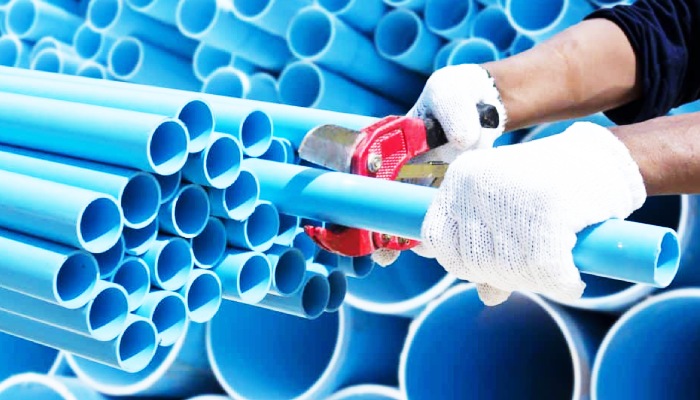
The Rise of DIY Home Improvement Projects
The DIY (Do-It-Yourself) movement has witnessed a significant surge in recent years, particularly in the realm of home improvement. This growing trend is propelled by several factors, including the desire to save money, the readily available online tutorials and resources, and the personal satisfaction derived from completing a project on one’s own.
Homeowners are progressively taking on a broad spectrum of projects, ranging from simple tasks such as painting and decorating to more intricate and challenging endeavors like building furniture or remodeling entire rooms. The internet, with its endless supply of how-to videos, forums, and articles, has dramatically simplified the process for people to acquire new skills and undertake projects that traditionally would have been delegated to professionals.
Yet, despite the allure of DIY projects, they are not universally appropriate, particularly for certain types of work. Plumbing exemplifies an area where professional expertise is often indispensable. The technical intricacies of plumbing work, coupled with the high stakes of potential significant damage if mishandled, render it a domain where DIY attempts are fraught with risks. While minor plumbing repairs might be within the ambit of a skilled homeowner, more sophisticated tasks, such as dealing with a damaged pipe, both pipe relining repair pipes and understanding the nuances of pipe relining technology, often necessitate the skills, tools, and knowledge that only a professional can reliably provide.
Technical Aspects of Pipe Relining
Pipe relining, also known as cured-in-place pipe (CIPP) burst pipe lining, is a sophisticated method used to repair damaged pipes without the need for extensive excavation. This process involves inserting a resin-saturated liner into the existing pipe, which is then inflated and cured to form a new pipe within the old one. The materials commonly used in pipe relining include an epoxy resin, resins and fiberglass, which provide durability and resilience against further corrosion and damage.
The equipment required for pipe relining is specialized and often expensive. It includes CCTV cameras for initial pipe inspections, inversion drums or robotic devices for liner installation, and curing systems which can be either hot water, UV light, or ambient cured. The entire pipe relining process requires precise control and timing to ensure the resin sets correctly and forms a tight, seamless bond with the existing pipe.
Additionally, pipe relining demands a significant amount of technical knowledge and expertise. Professionals must be able to interpret pipe conditions from camera footage, select the appropriate resin and lining material for each situation, and calculate the required cure time based on factors like pipe diameter, resin type, and ambient temperature. This high level of expertise is critical to avoid common pitfalls in pipe relining costs such as wrinkles in the lining, incomplete curing, or incorrect resin-to-hardener ratios, which can lead to liner failure.
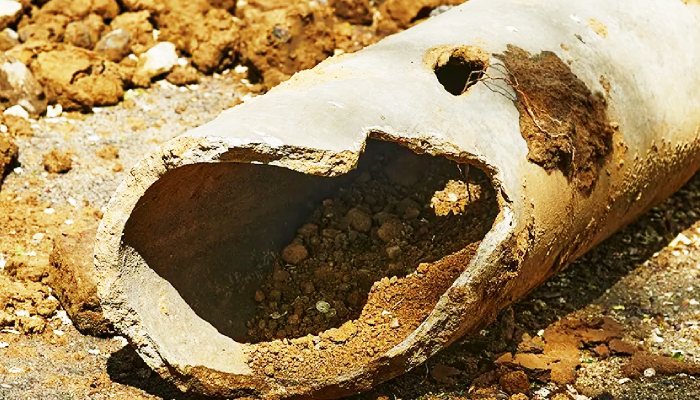
Challenges of DIY Pipe Relining
The complexity of pipe relining presents substantial challenges for DIY enthusiasts. First and foremost, the technical skills required are usually beyond the scope of average homeowners. Without extensive training and experience, correctly replacing pipes, diagnosing pipe issues, handling the equipment, and applying materials correctly is incredibly challenging. Mistakes during the relining process can lead to incomplete sealing, blockages, or even damage to the relined pipe, which can be costlier to repair than the original problem.
Furthermore, pipe relining of sewer lines, if not done correctly, poses significant risks. Poorly installed liners can lead to leaks, which might go undetected and cause extensive property damage over time. There’s also the risk of contaminating water supply if the relining of sewer pipe is not properly cured and sealed.
Another critical aspect to consider is legal and compliance issues. Many regions have strict regulations regarding plumbing work, requiring professionals to be licensed and work to be up to code. DIY and pipe relining techniques might violate these regulations, leading to legal complications and issues with insurance claims in case of problems or pipe damage.
In essence, while DIY projects drain pipe relining can be rewarding and effective in many home improvement areas, the technical, legal, and safety challenges of pipe relining make it an unsuitable task for non-professionals. The next sections will delve deeper into the financial, safety, and regulatory implications of attempting DIY pipe relining, further highlighting the necessity for professional intervention.
Cost Implications of DIY vs. Professional Pipe Relining
DIY Pipe Relining: A Seemingly Economical Choice? At first glance, DIY pipe relining might appear as a cost-effective solution for homeowners looking to save on expenses. The prospect of not paying for professional labor and potentially cheaper material costs can be tempting. However, this initial cost-benefit analysis often overlooks several crucial factors.
Hidden Costs of DIY Projects The costs of specialized tools and materials required for pipe relining can be substantial. Homeowners might have to purchase or rent equipment for pipe relining cost such as pipe cameras, lining materials, and installation tools, which can be expensive and are seldom used again, making them a less economical choice in the long term. Additionally, the learning curve associated with these specialized tools can lead to mistakes, which further inflate costs through wasted materials or the need for eventual professional intervention.
Professional Pipe Relining: A Worthwhile Investment In contrast, professional pipe relining, though initially more costly, comes with the expertise and efficiency of seasoned plumbers. Professionals possess the necessary tools and materials, and their experience allows them to avoid common mistakes that could escalate costs. Importantly, the cost of hiring professionals sewer pipe relining often includes warranties and guarantees, providing long-term value and peace of mind.

Safety Concerns and Regulations
Navigating the Safety Risks Pipe relining involves handling complex materials and tools, which can pose significant safety risks when not used correctly. In DIY scenarios, the lack of proper training and experience can lead to accidents, including physical injuries and property damage from broken pipes. The improper handling of materials can also lead to future health hazards if the relined pipes are not sealed and installed correctly.
Regulatory Compliance in Pipe Relining Plumbing work, and plumbing services including pipe relining, is often governed by strict building codes and regulations. These regulations are in place to ensure that plumbing work meets safety standards and functions correctly. DIY projects or pipe walls and may inadvertently violate these codes, leading to legal complications and the need for costly corrections by a professional.
Professional plumber Expertise: Compliance and Safety Assurance Professional plumbers are well-versed in the relevant codes and standards, ensuring that their work is compliant and safe. Their training includes safety protocols that minimize the risk of accidents during the project. Furthermore, professional plumbers often carry insurance that provides additional protection to homeowners in case of any mishaps.
The Role of Professional Expertise in Pipe Relining
Expertise Translates to Quality Professional plumbers bring a depth of expertise that is crucial for the technical and intricate process of pipe relining. This expertise is not just about the application of the liner; it encompasses a comprehensive understanding of plumbing systems, the ability to diagnose plumbing issues more accurately, and the knowledge to choose the right materials and methods for each unique situation.
Case Studies: Success Stories of Professional Pipe Relining Illustrative examples of successful pipe relining projects completed by professionals can highlight the difference expertise makes. These case studies often reveal how pipe relining worth professionals not only fix immediate problems but also enhance the overall functionality and longevity of the plumbing system. They can show how professionals navigate unexpected challenges that often derail DIY projects.
The Long-Term Value of Professional Work The investment in professional pipe relining goes beyond immediate repairs pipe replacements. It’s about ensuring that sewer pipes and the entire plumbing system operates efficiently for years to come. Professionals offer warranties and follow-up services, ensuring that any issues post-relining are promptly addressed. This long-term support is not available with DIY projects.

Conclusion: Weighing the Risks and Benefits
A Balanced Perspective In concluding, it’s essential to weigh the risks and benefits of DIY pipe relining vs professional pipe relining. While the allure of DIY projects lies in their perceived immediate cost savings and the satisfaction of self-accomplishment, the risks associated with such an intricate and technical task are significant.
Recommending Professional Solutions The potential for increased long-term costs due to mistakes, the safety risks, and the complexities of compliance with regulations strongly tip the scale in favor of professional intervention. Professionals not only bring their expertise but also offer peace of mind through safety, compliance, and warranties.
Final Thoughts The health of a home’s plumbing system is too critical to be left to chance. DIY, pipe replacement and relining projects, despite their initial appeal, carry significant risks and hidden costs that can outweigh the benefits. Homeowners are advised to trust this intricate work to the professionals, ensuring safety, compliance, and long-term reliability and efficiency of their plumbing systems. This approach not only protects the investment in their home but also ensures the well-being of its occupants.
